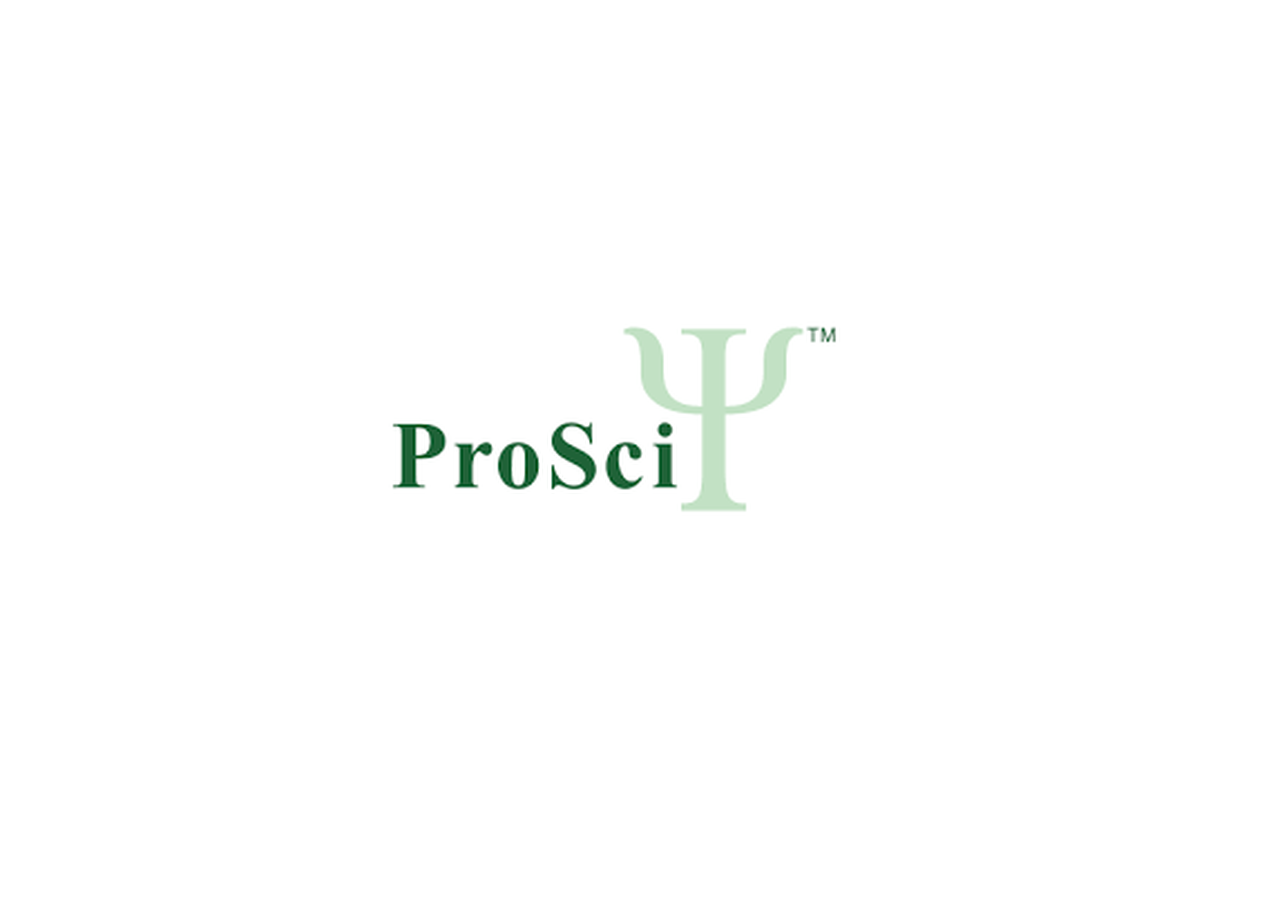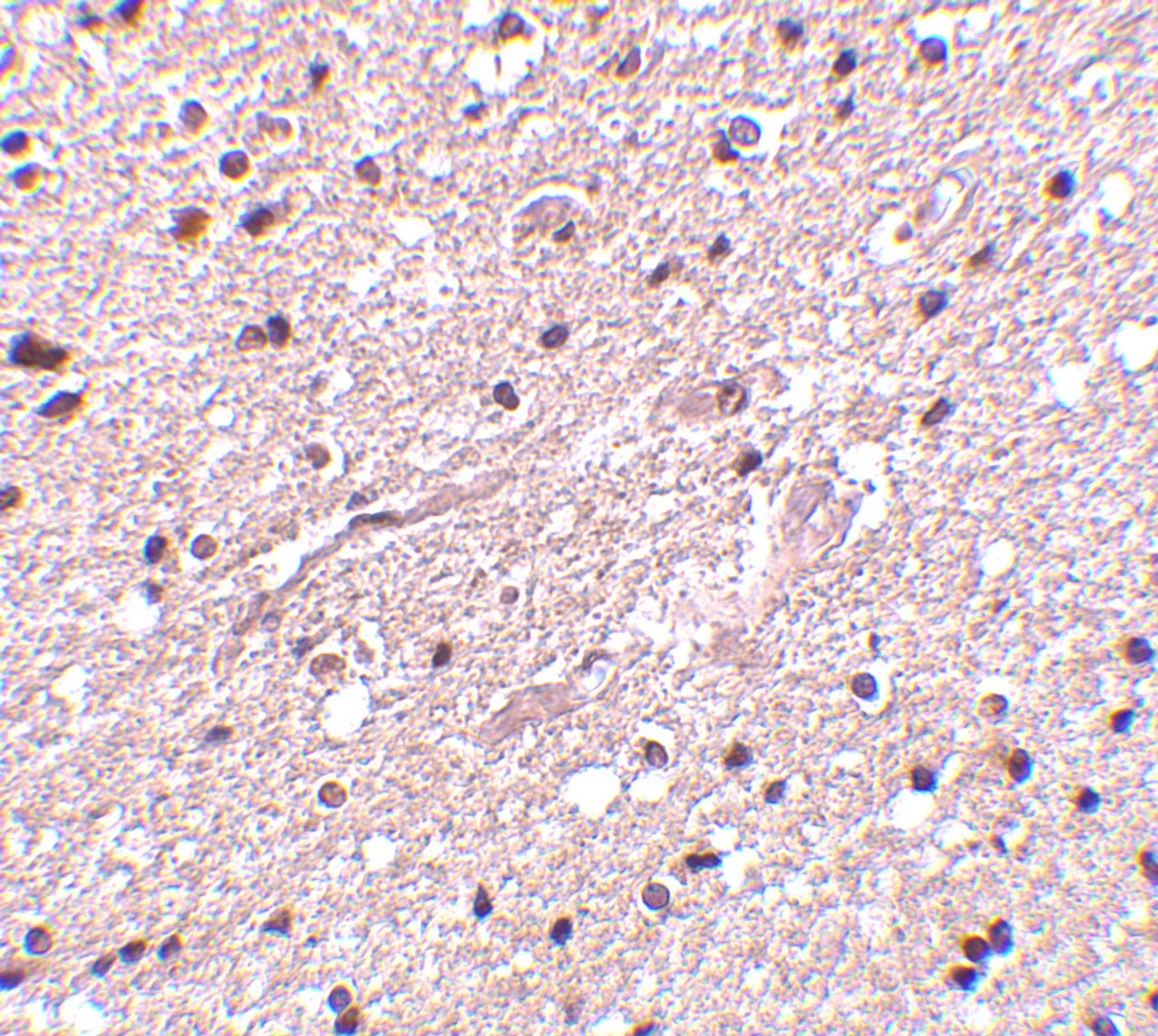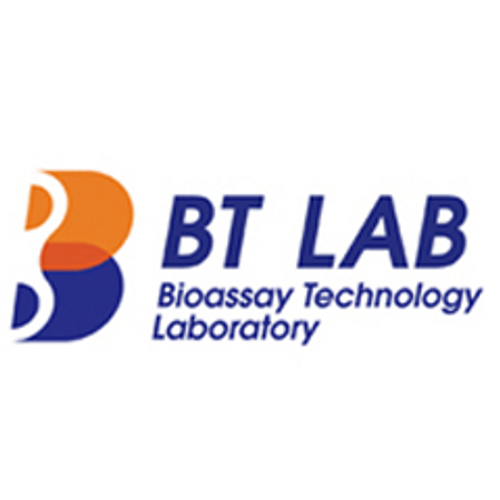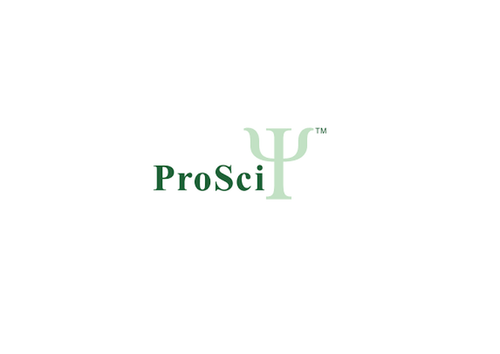Product Description
HAP1 Antibody | 4205 | ProSci
Host: Rabbit
Reactivity: Human, Mouse, Rat
Homology: N/A
Immunogen: HAP1 antibody was raised against a 19 amino acid synthetic peptide from near the center of human HAP1.
The immunogen is located within amino acids 310 - 360 of HAP1.
Research Area: Neuroscience
Tested Application: E, WB, IHC-P, IF
Application: HAP1 antibody can be used for detection of HAP1 by Western blot at 0.5 - 1 μg/mL. Antibody can also be used for immunohistochemistry starting at 2.5 μg/mL. For immunofluorescence start at 20 μg/mL.
Antibody validated: Western Blot in mouse samples; Immunohistochemistry in human samples and Immunofluorescence in human samples. All other applications and species not yet tested.
Specificiy: N/A
Positive Control 1: Cat. No. 1403 - Mouse Brain Tissue Lysate
Positive Control 2: Cat. No. 1303 - Human Brain Tissue Lysate
Positive Control 3: Cat. No. 10-301 - Human Brain Tissue Slide
Positive Control 4: N/A
Positive Control 5: N/A
Positive Control 6: N/A
Molecular Weight: N/A
Validation: N/A
Isoform: N/A
Purification: HAP1 Antibody is affinity chromatography purified via peptide column.
Clonality: Polyclonal
Clone: N/A
Isotype: IgG
Conjugate: Unconjugated
Physical State: Liquid
Buffer: HAP1 Antibody is supplied in PBS containing 0.02% sodium azide.
Concentration: 1 mg/mL
Storage Condition: HAP1 antibody can be stored at 4˚C for three months and -20˚C, stable for up to one year. As with all antibodies care should be taken to avoid repeated freeze thaw cycles. Antibodies should not be exposed to prolonged high temperatures.
Alternate Name: HAP1 Antibody: HLP, HAP2, HIP5, hHLP1, HLP1, Huntingtin-associated protein 1, Neuroan 1, HAP-1
User Note: Optimal dilutions for each application to be determined by the researcher.
BACKGROUND: HAP1 Antibody: Huntington's disease (HD) , a neurodegenerative disorder characterized by loss of striatal neurons, is caused by an expansion of a polyglutamine tract in the HD protein huntingtin. HAP1 was initially identified through a two-hybrid library screening; the binding of HAP1 to huntingtin correlated with the expansion of the polyglutamine tract. HAP1 also interacts with two cytoskeletal proteins (dynactin and pericentriolar autoantigen protein 1) , suggesting that HAP1 may play a role in vesicular trafficking or organelle transport. HAP1 is also involved with the huntingtin-enhanced BDNF transport along the cellular microtubles. Attenuation of this process led to the loss of neurotrophic support and neuronal toxicity, which suggests that loss of this function might contribute to pathogenesis. Several alternatively spliced isoforms have been described for HAP1.
 Euro
Euro
 USD
USD
 British Pound
British Pound
 NULL
NULL
















